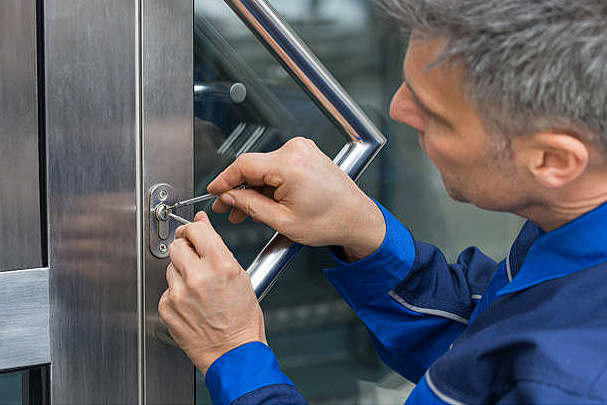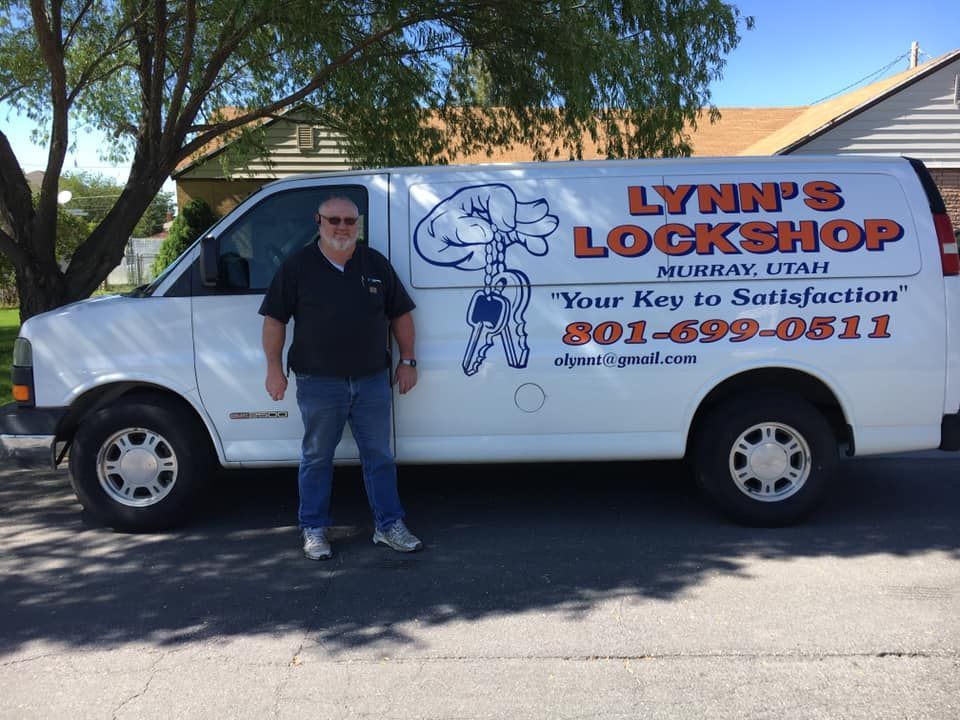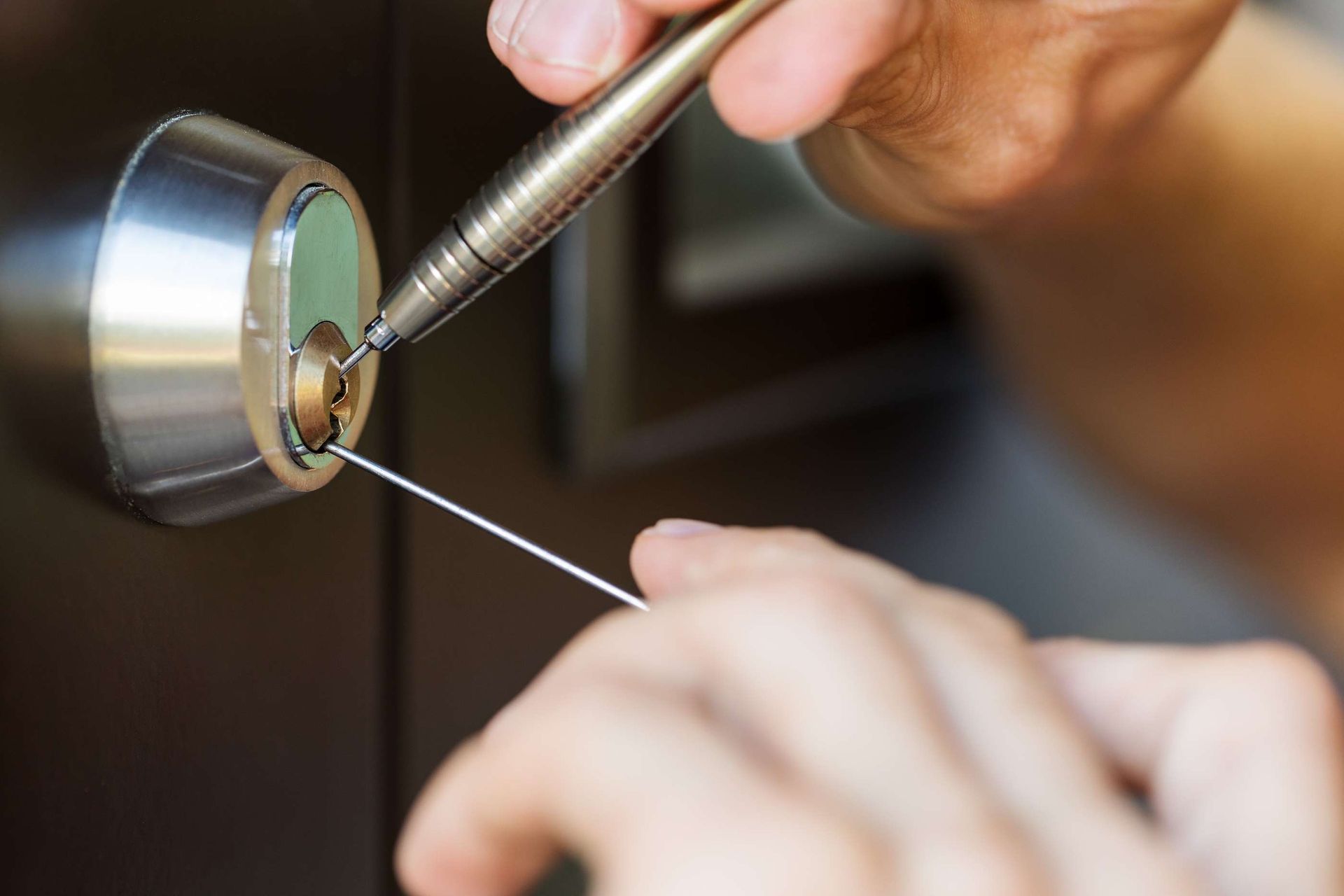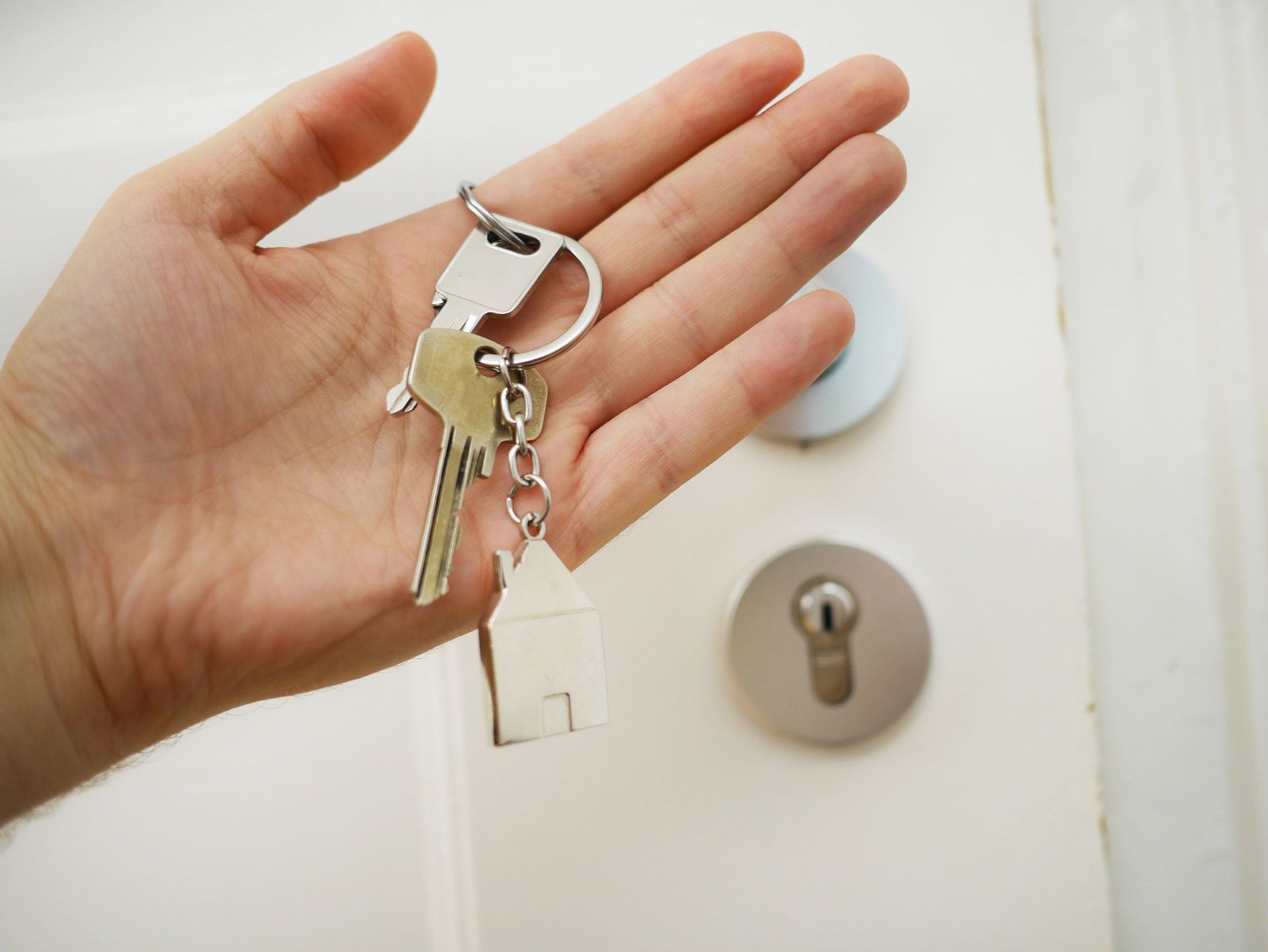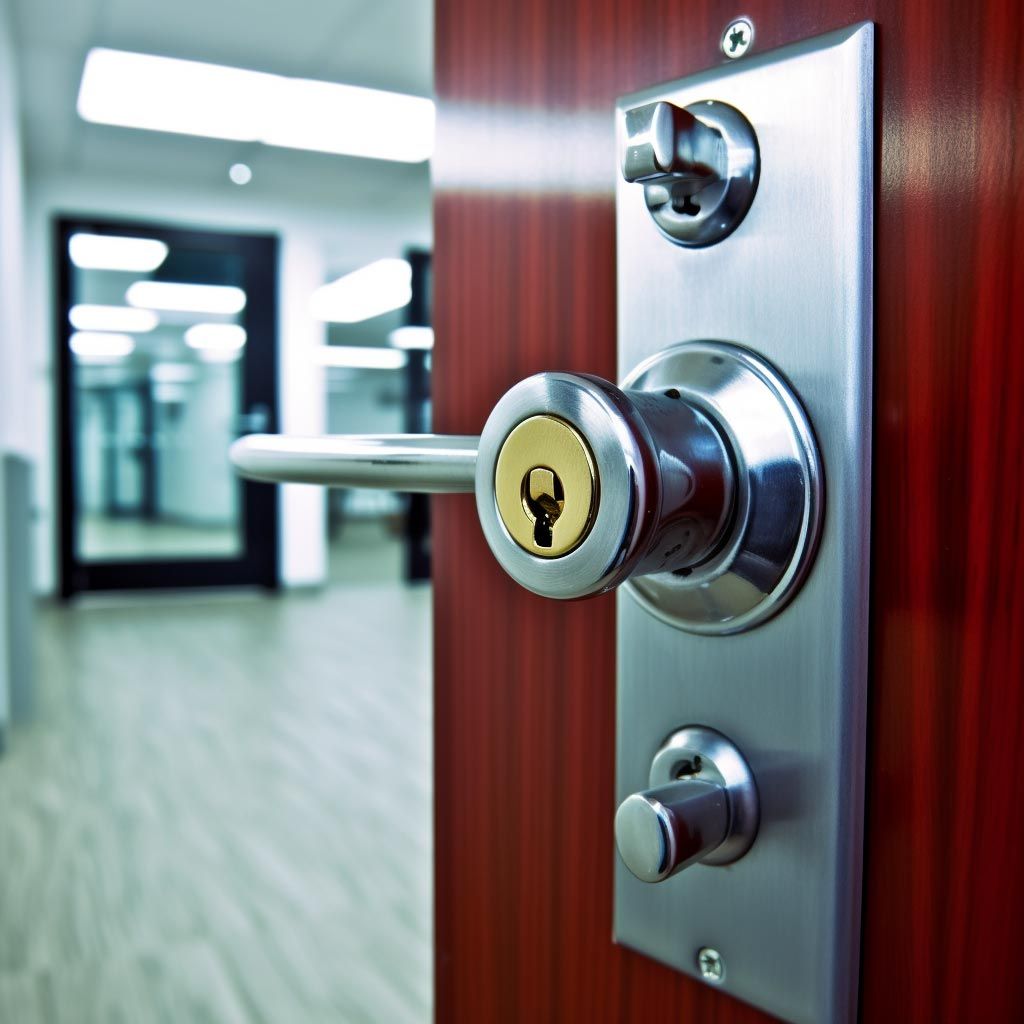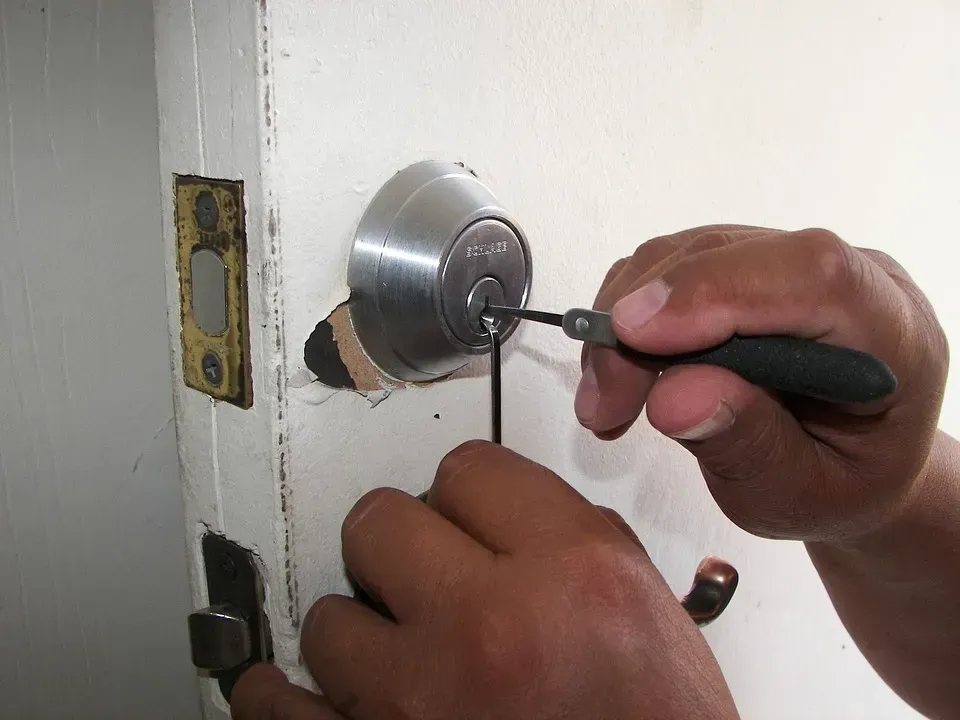
Ignition Switch Replacement: Complete Guide
The ignition switch is a small but important part of your car. It starts your engine and keeps it running. When it goes bad, your car won't start, leaving you stuck. Knowing how to replace an ignition switch and understanding the costs can save you time and money.
In this guide, we'll cover everything you need to know about ignition switch replacement. We’ll talk about the signs of a bad switch, the costs of replacing it, and give you a step-by-step guide for those who like to do it themselves. We’ll also explain why hiring a pro might be a good idea and offer tips to keep your ignition switch working well to avoid future issues.
Ready to dive in? Let’s get started.
What is an Ignition Switch?
The ignition switch is a key part of your car’s electrical system. When you turn your key or press the start button, the ignition switch sends power to the starter motor, which cranks the engine. It also powers other important systems like the fuel pump and ignition coil.
If the ignition switch isn’t working right, your car might not start or stay running. It’s a simple piece of equipment, but without it, your car can’t function.
Here’s a quick look at what the ignition switch does:
- Starts the engine: It sends power to the starter motor.
- Powers up systems: It activates systems like the fuel pump and ignition coil.
- Controls accessories: It allows you to use accessories like the radio and lights when the engine is off.
Understanding what the ignition switch does helps you see why it’s so important to keep it in good working order.
Symptoms of a Faulty Ignition Switch
A bad ignition switch can cause a lot of trouble. Here are some common signs that might indicate your ignition switch needs replacing:
- Car Won’t Start: If you turn the key and nothing happens, it might be the ignition switch. This is often the most obvious sign.
- Stalling: If your car stalls while driving, it could be because the ignition switch is losing contact. This can be dangerous, so it’s important to fix it quickly.
- Flickering Dashboard Lights: When the ignition switch is failing, you might see your dashboard lights flicker. This is a sign that the electrical connection is not stable.
- No Noise from the Starter Motor: If you don’t hear the usual sound of the starter motor when you turn the key, the ignition switch could be the problem.
- Key Won’t Turn: If your key gets stuck or won’t turn in the ignition, the switch might be worn out or damaged.
These signs can help you identify a bad ignition switch early. Fixing it quickly can prevent bigger problems down the road.
How Much is Ignition Switch Replacement?
Replacing an ignition switch can vary in cost. Here's what you need to know about the expenses involved:
- Parts Cost: The price for a new ignition switch can range from $20 to $150. The cost depends on the make and model of your car. Some cars have more complex systems that cost more to replace.
- Labor Cost: If you hire a mechanic, labor costs can range from $50 to $200. The final price depends on how hard it is to access and replace the switch in your car.
- Additional Fees: Sometimes, there are extra costs for diagnostics, taxes, and fees. Always ask for a detailed estimate before agreeing to the work.
Factors Affecting Cost
- Car Model: Some models are easier and cheaper to work on.
- Location: Labor rates vary by location.
- Mechanic’s Experience: More experienced mechanics may charge more, but they might also work faster.
Average Cost: On average, you might expect to pay between $100 and $300 for both parts and labor.
Understanding the costs helps you budget and decide whether to do it yourself or hire a pro.
Step-by-Step Guide to Replacing an Ignition Switch
If you’re handy with tools, you might want to replace the ignition switch yourself. Here’s a step-by-step guide:
Tools You’ll Need
- Screwdrivers (flathead and Phillips)
- Socket wrench set
- Torx bits (if needed)
- New ignition switch
Steps
:
1. Disconnect the Battery
- Safety First: Disconnect the negative terminal of your car battery to avoid any electrical shock or short circuits.
2. Remove Steering Column Covers
- Locate Screws: Find and remove the screws holding the steering column covers in place.
- Detach Covers: Carefully remove the covers to access the ignition switch.
3. Locate the Ignition Switch
- Find the Switch: The ignition switch is usually near the key cylinder or attached to the steering column.
4. Disconnect the Ignition Switch
- Unplug Wiring: Carefully disconnect the wiring harness connected to the ignition switch.
- Remove Screws: Unscrew any fasteners holding the ignition switch in place.
5. Install the New Ignition Switch
- Position the New Switch: Place the new ignition switch where the old one was.
- Secure It: Screw it in place and reconnect the wiring harness.
6. Reassemble the Steering Column Covers
- Replace Covers: Put the steering column covers back on and secure them with screws.
7. Reconnect the Battery
- Final Step: Reconnect the negative terminal of the battery.
8. Test the New Switch
- Start the Car: Turn the key to ensure the new ignition switch is working correctly.
Safety Tips
- Always make sure the car is off and the battery is disconnected before starting.
- If you’re unsure about any step, consult your car’s manual or a professional.
Replacing the ignition switch yourself can save money, but make sure you follow the steps carefully to avoid any issues.
Professional Ignition Switch Replacement Services
While replacing the ignition switch yourself can save money, hiring a professional mechanic has its benefits. Here’s why you might want to consider a pro:
1. Expertise
- Experience Matters: Professional mechanics have the training and experience to handle the job efficiently.
- Avoid Mistakes: They know the common pitfalls and how to avoid them.
2. Time-Saving
- Quick Service: What might take you hours could take a mechanic much less time.
- Convenience: You won’t have to worry about finding the right tools or parts.
3. Warranty and Guarantees
- Peace of Mind: Many repair shops offer warranties on their work, ensuring that if something goes wrong, you’re covered.
- Quality Assurance: Professionals use high-quality parts and follow industry standards.
4. Comprehensive Checks
- Thorough Inspection: A mechanic can check for other potential issues while replacing the ignition switch, ensuring your car is in good condition.
- Safety: Ensures the job is done safely and correctly, reducing the risk of future problems.
Finding a Reliable Service
- Read Reviews: Check online reviews and ratings to find a reputable mechanic.
- Ask for Recommendations: Friends and family can often recommend trustworthy services.
- Get Estimates: Compare prices and services from different mechanics to get the best deal.
Hiring a professional can save you time and give you peace of mind, knowing the job is done right.
Tips to Maintain Your Ignition Switch
Keeping your ignition switch in good shape can prevent many problems down the road. Here are some simple tips to help maintain it:
1. Use the Right Key
- Avoid Heavy Keychains: Too much weight on your keychain can wear out the ignition switch over time. Keep your keychain light.
- Smooth Key Insertion: Insert and remove the key gently to avoid damaging the switch.
2. Regular Cleaning
- Clean the Key: Dirt and debris can transfer from your key to the ignition switch. Wipe your key regularly.
- Air Duster: Use compressed air to blow out any dust or debris from the ignition switch.
3. Address Issues Early
- Pay Attention: If you notice any signs of a failing ignition switch (like difficulty turning the key), address it early to avoid bigger problems.
- Timely Repairs: Don’t ignore small issues. Fix them promptly to prevent further damage.
4. Avoid Force
- Gentle Handling: Don’t force the key if it doesn’t turn easily. This can damage the switch. Instead, wiggle the steering wheel gently while turning the key.
- Lubricate: Use a graphite-based lubricant to keep the ignition switch smooth and functional.
5. Routine Checks
- Periodic Inspection: Regularly check the ignition switch and surrounding components for any signs of wear or damage.
- Professional Checkups: Have a mechanic inspect your ignition switch during routine maintenance checks.
Following these tips can help extend the life of your ignition switch and keep your car running smoothly.
Conclusion
The ignition switch is a small but important part of your car’s electrical system. Recognizing the signs of a bad ignition switch and knowing how to replace it can save you a lot of trouble. Whether you decide to do it
yourself or hire a professional, understanding the costs involved can help you budget effectively.
Recap:
- The ignition switch starts your engine and powers essential systems.
- Symptoms of a faulty ignition switch include a car that won’t start, stalling, flickering dashboard lights, and a key that won’t turn.
- Replacing the ignition switch yourself can save money, but hiring a professional can ensure the job is done correctly and quickly.
- Regular maintenance, like keeping your keychain light and cleaning the ignition switch, can extend its lifespan.
If you’re experiencing ignition switch problems and need expert help, Lynn’s Lockshop is here for you.
Serving Murray, West Jordan, Midvale, Murray, and Sandy, UT, our skilled locksmiths specialize in ignition switch replacement, locksmithing, rekeying, lock repair, and emergency lockout services. Don’t wait until you’re stuck—contact Lynn’s Lockshop today for fast, reliable service!
Send us a Message
We will get back to you as soon as possible
Please try again later
SERVICE AREA
- West Jordan, UT
- Midvale, UT
- Murray, UT
- Sandy, UT
LYNN'S LOCKSHOP
HOURS
- Mon - Fri
- -
- Sat - Sun
- Closed
WEEKEND APPOINTMENTS AVAILABLE
Copyright © 2023 Lynn's Lockshop, all rights reserved. Murray, UT 84107 (801) 699-0511
